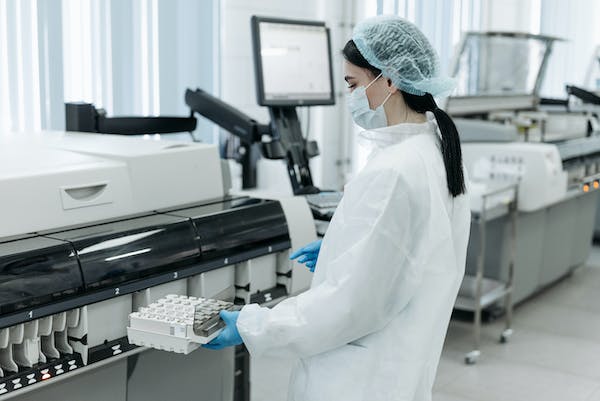where industrial hygienist mold testing the wheels of production and progress turn ceaselessly, a silent menace often lurks in the shadows – mold. This seemingly inconspicuous intruder, fueled by moisture and darkness, can wreak havoc on both the health of workers and the integrity of structures. As industries strive to strike a delicate balance between efficiency and employee well-being, the significance of industrial hygienists in mold testing and prevention emerges as an indispensable safeguard. Join us on a journey to uncover the pivotal role these professionals play in upholding the health and productivity of industrial environments, ensuring a harmonious coexistence between human endeavor and the environment.
Navigating the Industrial Landscape
Industrial environments encompass a diverse array of sectors, from manufacturing and construction to chemical processing and beyond. In these dynamic settings, the potential for mold growth and its associated health risks is often exacerbated by factors such as inadequate ventilation, humidity fluctuations, and the presence of organic materials. These conditions can give rise to the perfect breeding grounds for mold, placing the health and safety of employees in jeopardy.
The Mold Menace Unveiled
Mold, with its propensity to flourish in hidden corners and forgotten spaces, can pose a grave threat to both workers and the structural integrity of industrial facilities. The health implications of mold exposure in industrial settings extend beyond mere allergies; respiratory issues, skin irritations, and even long-term health complications can result. Moreover, as mold gradually erodes the building materials, it can compromise the very foundation upon which industrial processes rely.
What are the Mold testing methods?

Mold testing methods are techniques used to identify and quantify the presence of mold in indoor environments. These methods help determine the type and concentration of mold spores present, which can be crucial for assessing indoor air quality and potential health risks. Here are some common mold testing methods:
Air Sampling
Air sampling involves collecting air samples from indoor environments to determine the concentration of mold spores in the air. This method can help identify the types of mold present and their levels of concentration. Air samples are typically collected using a pump that draws air through a collection device, such as a spore trap or an impaction sampler. The samples are then analyzed in a laboratory to identify the types and quantities of mold spores.
Surface Sampling
Surface sampling involves collecting samples from surfaces in the indoor environment, such as walls, floors, and furniture, to determine if mold is actively growing on these surfaces. Swab samples, tape samples, and bulk samples are commonly used for this purpose. Swab and tape samples involve rubbing a collection device on the surface to pick up mold spores, while bulk samples involve removing a portion of the material for analysis.
Bulk Sampling
Bulk sampling entails collecting physical pieces of material (such as a piece of drywall or carpet) from the area suspected of mold growth. These samples are sent to a laboratory for analysis to confirm the presence of mold and identify the types of mold present.
Dust Sampling
Dust samples are collected to assess the presence of settled mold spores and other allergens. Dust samples are typically collected using a vacuum sampler equipped with a collection filter. The collected dust is then analyzed to determine the types and quantities of mold spores and other particles.
Culturable Sampling
In this method, samples are collected using agar plates or other growth media to encourage mold spores to grow into visible colonies. This method provides information about viable (living) mold spores and can help identify specific mold species.
ERMI and HERTSMI-2 Testing: Environmental Relative Moldiness Index (ERMI) and Home ERMI (HERTSMI-2) testing are DNA-based methods that use a dust sample to identify specific mold species and their concentrations. These methods can provide insights into the overall mold burden in a space.
It’s important to note that while mold testing can provide valuable information, it should be interpreted in the context of the overall indoor environment. Not all molds are harmful, and the mere presence of mold does not necessarily indicate a health risk. Additionally, mold testing should be performed by trained professionals to ensure accurate results. If mold is detected, addressing the underlying moisture issue and conducting proper mold remediation is essential to effectively manage mold problems.

